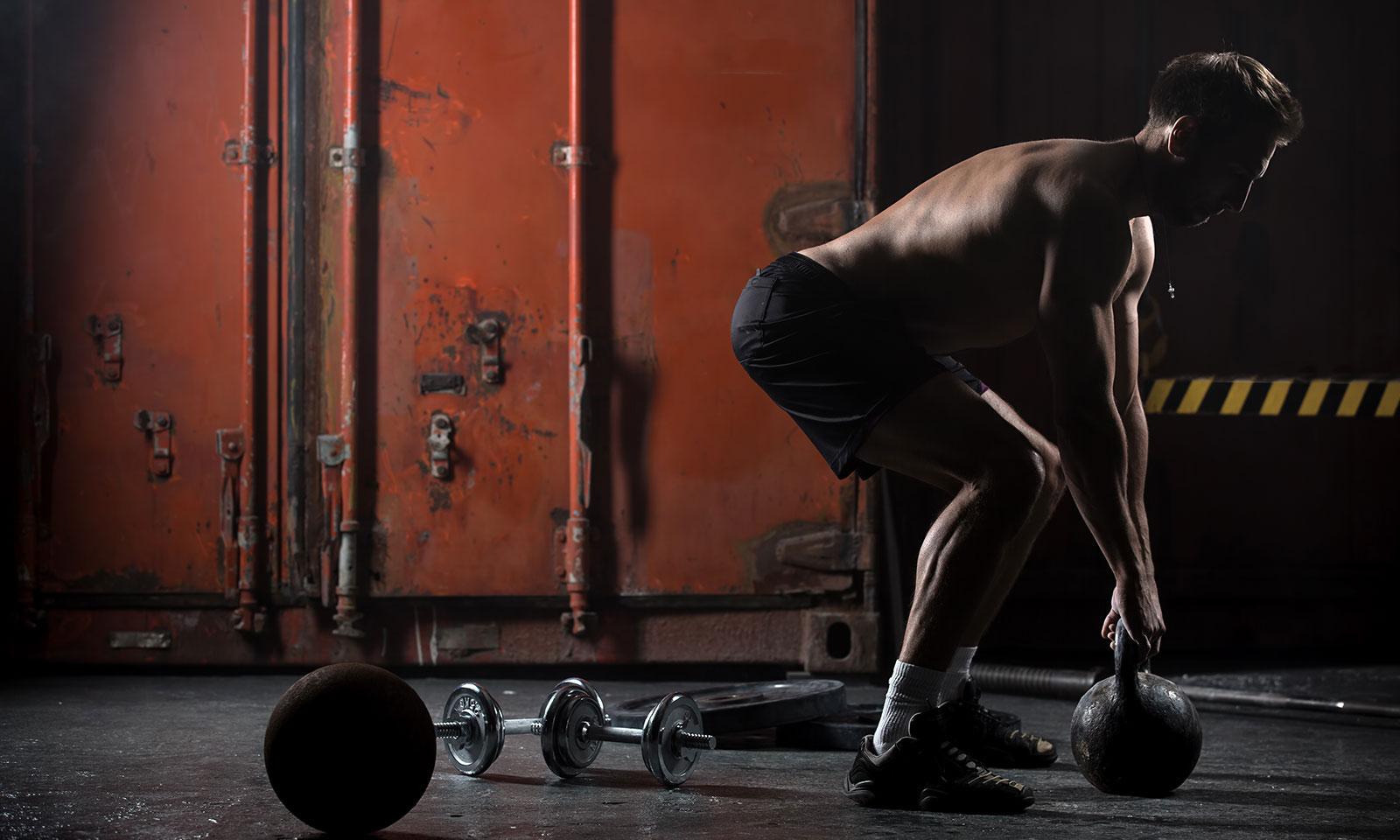Common Kettlebell Training Errors And How They Can Be Fixed

|
|
Although you may not realise it, the basic principles behind kettlebell training are not new, or even relatively new for that matter, as kettlebells have actually been used since the 1700’s, most notably by Russian strongmen in that particular era. Although it appears that kettlebells have only recently grown popular as a result of crossfit becoming so popular, kettlebells have indeed had a part to play in health and fitness for many decades, centuries in fact, and that only looks set to grow as time goes by. Training with kettlebells is considered ideal for anybody looking to burn body fat, build muscle, increase their strength, and become leaner and more defined in the process. Too look at, kettlebells are almost primitive in design, as they’re literally just spherically shaped objects with a handle coming from the top of them. Don’t let this fool you however, because kettlebells are far from simple and they’re far from easy to use either. If you’ve ever training with them, you’ll know exactly what we mean and if you haven’t but are considering doing so in the near future, you must first ensure you know how to use them correctly. It’s very easy to use kettlebells incorrectly, and as a result it’s very easy to injure or hurt yourself. To ensure that never happens to you, here’s a look at a few common kettlebell training errors and what you can do to correct them.
Trying to go too heavy

One of the biggest mistakes, and the most common mistakes too for that matter, that people make when using kettlebells, is to try to go too heavy before they’ve mastered the correct form and technique first. It’s tempting to reach for the heaviest kettlebell you can get your hands on, but instead of doing that, it’s recommended that you start with a light weight and practice on mastering your form and technique instead. If you reach for a heavy kettlebell before you know how to correctly perform certain exercises, the increased weight will put you at a much larger risk of suffering from an injury, which could potentially be very serious. Also, it’s worth noting that you ensure the weight you’re working with is indeed in pounds or kilograms, as some people may confuse the two if they don’t pay attention. A simple way of ensuring you stay safe when using kettlebells is to always begin using the lightest weight you can get your hands on, and practice performing each exercise your technique and form are absolutely perfect. If you’re still worried, rather than starting with kettlebells, try performing kettlebell swings using a towel or a water bottle instead.
Failing to maintain a neutral spine
It doesn’t matter whether you’re new to kettlebell training or whether you’ve been using them for years, you can still potentially injure yourself at any time, which is why it’s so important to execute correct form and technique at all times. Another very common kettlebell training mistake, and one which could potentially be very serious indeed, is failing to maintain a neutral spine whilst performing the movements. Neutral spines will establish perfect alignment for the individual performing the exercise, which must absolutely be kept in mind when performing exercises and movements such as snatches, cleans, swings, or high pulls. Failing to maintain a neutral spine puts your spine and entire back at risk, so that alone should serve to prove just how dangerous it can be. A great way of ensuring that never happens however, is to maintain a straight line directly from your hips to your head, as if you were trying to balance a pole along the entire length of your spine.
Using only your upper body

The idea behind kettlebells is the fact that they’re considered ideal for what is referred to as “functional training”. The thing that makes them functional is the fact that they’re designed to work the entire body, and that means both upper and lower. To try to complete certain exercises however, some people tend to try to use their upper body to muscle up the weight and complete a repetition, and that is simply not what kettlebells are for. This will put too much pressure on the upper body, when in fact the exercise was designed to incorporate certain aspects of leg training as well. The best way of correcting this is to practice common exercises such as kettlebell swings, which work both the upper, and the lower body.
Swinging too quickly
We keep talking about kettlebell swings but that’s because kettlebell swings are considered a pivotal part of any kettlebell training program, due partly to the fact that they’re so incredibly effective. Another common mistake made by inexperienced kettlebell users is to swing the weight too quickly without being fully in control of the weight. Not only does this make the exercise useless, it also puts the individual in danger of pulling a muscle. Instead, slow down the movement and try to execute perfect form with each swing instead. Controlling the kettlebell on the way down is considered just as vital as controlling it on the way back up, so make sure you aren’t swinging or rocking excessively as you perform the exercise.
Thick soled shoes
The type of footwear you have on your feet will also play a role in deciding just how effective your workout actually is. Most people wear running shoes to the gym, often with thick soles and a lot of padding, and whilst they are indeed beneficial for running, for kettlebell training they’re not quite as effective. This is because they prevent natural movement of the ankle, lower leg, and foot. They have raised padded heels which destabilise natural grip to the ground itself. Instead, try going barefoot or using special “fiver finger” footwear, as this will create a much more natural environment and will help protect the ligaments and muscles in and around the feet.














